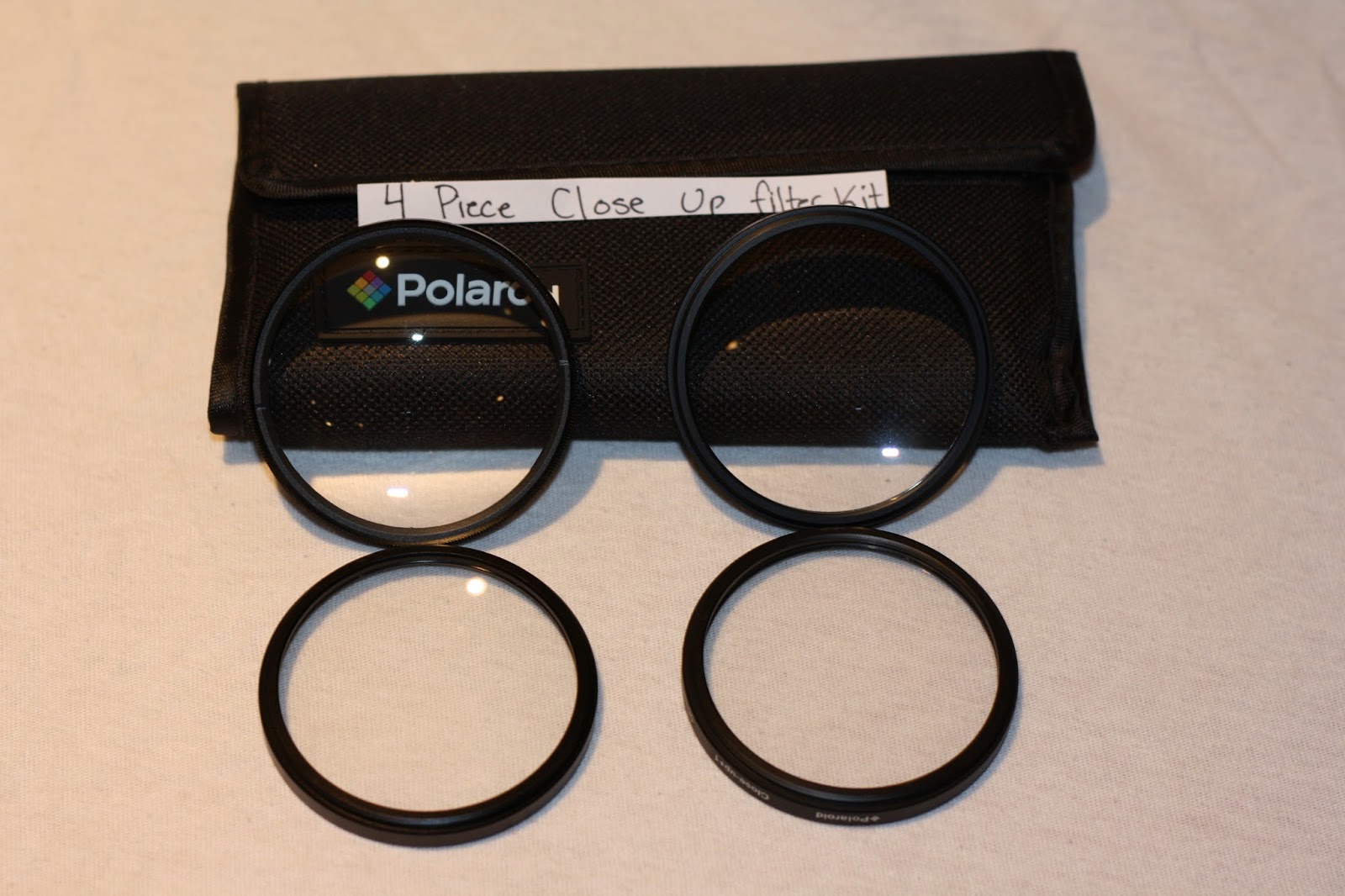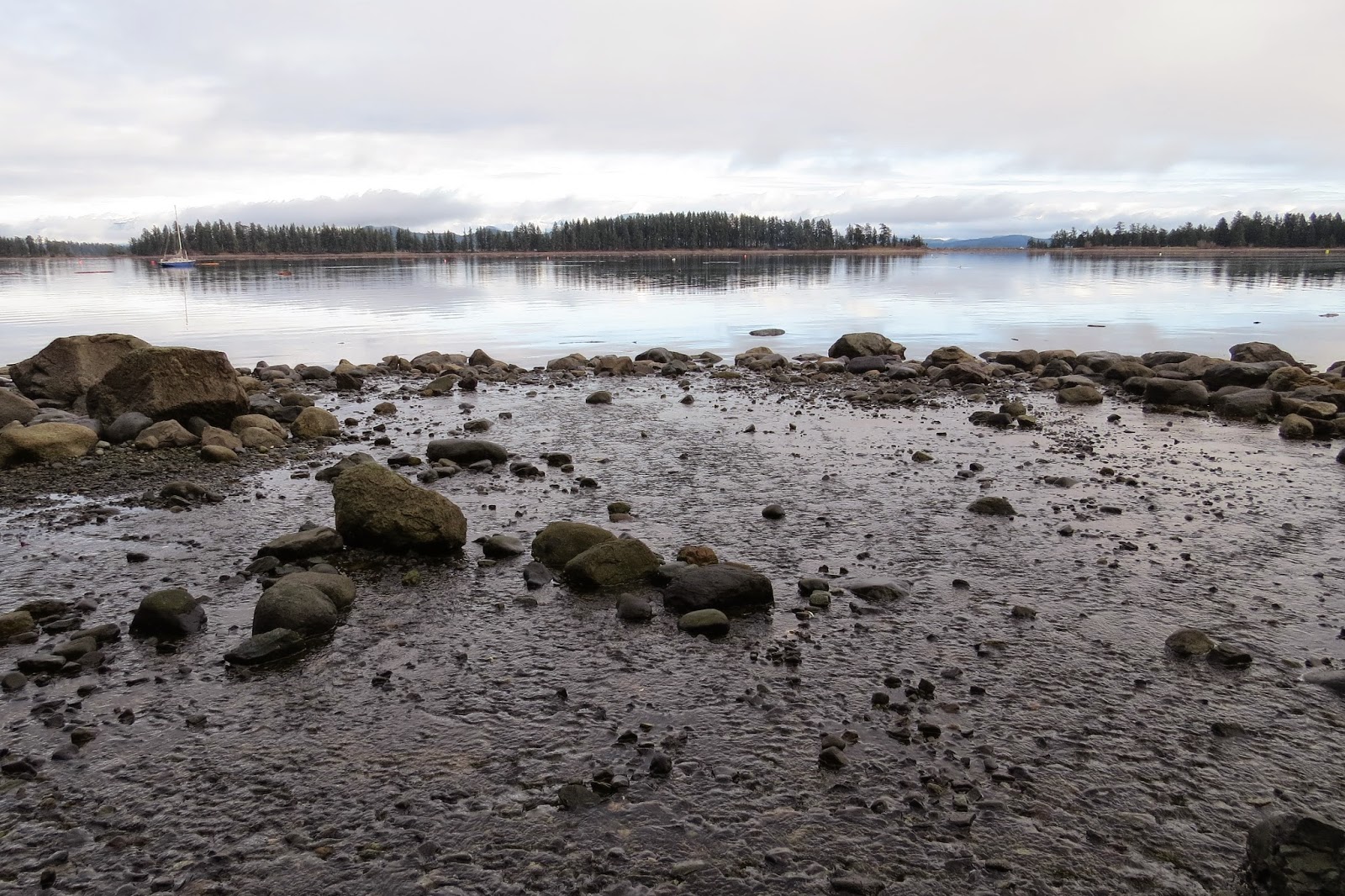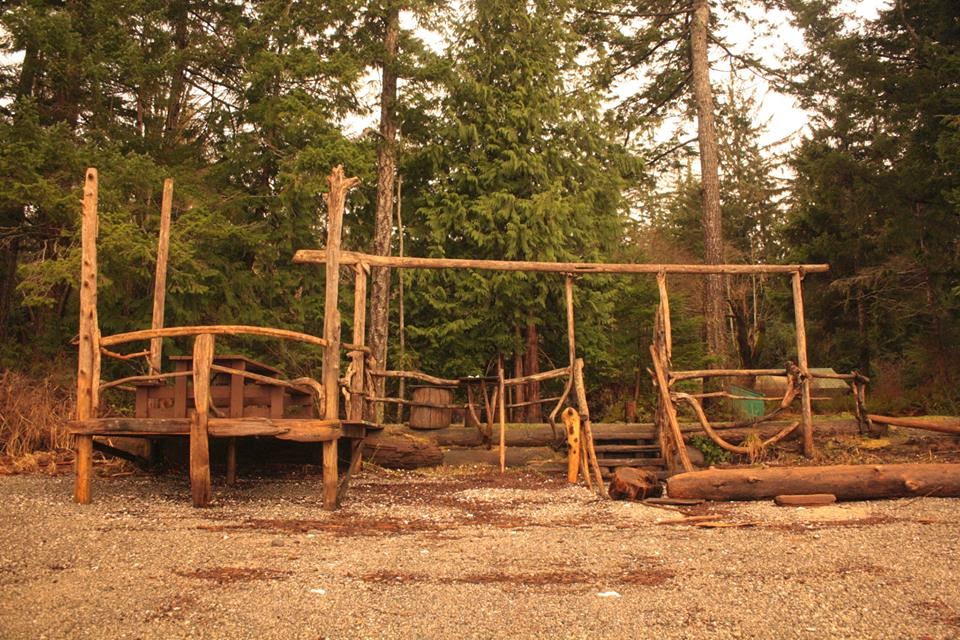Our Camera Gear
Canon Power Shot SX50 HS
Why we choose this Camera has a lot to do with the weight, the 50x optical zoom and its versatility to take a wide range of good quality photos without having to pack and haul several heavy lenses while we are hiking. This camera has great battery life and has been very light when bringing it on longer, more difficult hikes. The zoom on this camera is incredible. Not only is its zoom capability fantastic, but the ability to take good quality macro shots is equally impressive. As far as a point and shoot cameras go, I have never seen a better package. To us this is one of the best cameras you can buy in quality and capability before getting into DLSRs. The display screen is large and movable making it easier for individuals to see what they are shooting regardless of the angle. For anyone who is interested in photography, but doesn't want to haul around a bunch of lenses I highly recommend this camera especially to any outdoor enthusiast who wish to get good quality photos without the added weight of the DLSR camera lenses.
Price: Listed at 429.99$ Canadian on Canon's website. We found our camera cheaper for 328$ instead after shopping around.
Why we choose this Camera has a lot to do with the weight, the 50x optical zoom and its versatility to take a wide range of good quality photos without having to pack and haul several heavy lenses while we are hiking. This camera has great battery life and has been very light when bringing it on longer, more difficult hikes. The zoom on this camera is incredible. Not only is its zoom capability fantastic, but the ability to take good quality macro shots is equally impressive. As far as a point and shoot cameras go, I have never seen a better package. To us this is one of the best cameras you can buy in quality and capability before getting into DLSRs. The display screen is large and movable making it easier for individuals to see what they are shooting regardless of the angle. For anyone who is interested in photography, but doesn't want to haul around a bunch of lenses I highly recommend this camera especially to any outdoor enthusiast who wish to get good quality photos without the added weight of the DLSR camera lenses.
Price: Listed at 429.99$ Canadian on Canon's website. We found our camera cheaper for 328$ instead after shopping around.
Camera Features Overview:
- World's first 50x Optical Zoom (24-1200mm) and 24mm Wide-Angle lens*1 with Optical Image Stabilizer delivers magnificent images whether you are up close or far away.
- 12.1 Megapixel High-Sensitivity CMOS sensor combined with a DIGIC 5 Image Processor creates the Canon HS SYSTEM for improved low-light performance up to ISO 6400 and enhanced image quality.
- Capture stunning 1080p Full HD video in stereo sound with a dedicated movie button; zoom while shooting and play back videos on an HDTV via the HDMI output.
- High Speed AF greatly improves focus speed and High-Speed Burst HQ allows for continuous capture at a maximum of 10
- frames*2 while maintaining superb image quality.
- Intelligent IS automatically chooses from six different modes to optimize image stabilization for the shooting condition.
- Bright 2.8-inch Vari-angle LCD with 461,000 dots for shooting at a variety of angles, plus an Electronic Viewfinder.
- Smart AUTO intelligently selects the proper camera settings based on 58 predefined shooting situations and the Face ID function adjusts focus and exposure priority based on pre-registered faces.
- Full range of shooting and recording modes including RAW+JPEG for the ultimate creative control.
Sourced from: Cannon: http://estore.canon.ca/webapp/wcs/stores/servlet/product_12152_10102_10243_-24#.VKh5mivF9Z8
Canon Power shot SX50 HS Photos
 |
| The moon. Photo by: Kait. P |
 |
| Photo by: Kait. P |
 |
| Maximum 50x zoom. Quality in detail here sags a little as you can see. Photo by: Kait. P |
 |
| Maximum 50x zoom looking at Salmon Arm Waterfront. |
Night Shots and Light Painting:
Landscape Photos:
Macro Shots:
Canon EOS Rebel XS
Our other camera we own is a Canon Rebel XS. It's a few years old now so it doesn't have the latest and greatest features found in the new XS models, but in all honesty after playing around with a brand new one for an hour I haven't noticed any differences in ability or quality. It performs wonderfully and has been a lot of fun to use. I've been getting more into photography as a hobby and have been investing more into lenses and accessories as well and I haven't been disappointed with any of the gear I've used so far.
Key Features of the Rebel XS:
- 2.5" LCD moniter with Live View Function (turns the LCD display screen into an active view finder).
- EOS integrated cleaning system.
- SD and SDHC card compatible.
- Compatible with upwards of 60 EF/EF-S lenses.
- Is Canon's lightest DSLR to date.
*These features were sourced from the Canon website:
http://www.canon.ca/inetCA/en/arcproducts/method/gp/pid/905#_020
Accessories
 |
| All the gear I own, excluding the cleaning equipment and a couple usb adapter cable doodads. |
Lenses
 |
| From left to right: 75-300mm, 55-250mm, 18-55mm. |
 |
| Extended to their max length. |
Canon EF-S 18-55mm f/3.5-5.6
Cost: $200
The standard lens you get with most DSLRs off the shelf. This lens is great for photos indoors and in tight spaces as well as landscape shots.
Canon EF-S 55-250mm f/4.0-5.6
Cost: $250
This was the first telephoto lens I ever used and I am very pleased with it. The image stabilizer was great when I needed to shoot with longer exposures and Kait and I were able to get a lot of great nature shots of all kinds of wildlife with this lens.
Canon EF 75-300mm f/4.0-5.6 USM
Cost: $260
This lens I was lucky enough to inherit from my sister after she began using a Nikon and while I haven't used it a great deal in the time I've had it, I'm very happy to have it in my collection nonetheless. This is another telephoto lens that has been great for wildlife shots, however the only downside I've noticed so far is that because this lens doesn't have an image stabilizer, you have to be more careful when taking photos. If there isn't enough light to shoot with short exposures, the images will be blurry without the use of a solid tripod.
Canon EF 50mm f/1.8 II
Cost: $120
This is my new favourite lens. Regardless of what I'm using this lens for, which is typically portraits and astrophotography, this lens performs flawlessly. The max aperture of 1.8 allows me to take great photos of the night sky with less noise. It is also lightweight, coming in at only 130 grams. The cost is also a great reason to get it. It typically costs roughly $120 and I was lucky enough to find one for only $100. I highly recommend this to anyone using a Canon DSLR who hasn't yet bought it. The only downside that most people find with it is that the focus motor can be pretty loud (not as bad as you would think). Other than that, it's awesome!
 |
| A photo taken last week using the XS with the 50mm f/1.8 |
Tripods
 |
| The Manfrotto 190 as compact as it can go. |
Manfrotto 190D Basic Tripod
This is another piece of equipment I was lucky to inherit. While I won't say this tripod is the best of the best, since I think most tripods will do a reasonable enough job, the 190 has been great for astrophotography. The height of the tripod itself can be easily adjusted using the two separate locking notches on each of the legs and can be as compact as approximately 1.5' and can reach to be almost 6' tall.
Ultra Pod II
The Ultra Pod II was a Christmas gift and is a very handy tool to have if you take your camera with you everywhere-especially on long hikes, or if you are into rooftopping and/or urban exploration. I use it often for astrophotography as well as taking pictures of Kait and I when we're hiking together. It is ultra-light and very compact.
 |
| Ultra Pod II in use. And a cat. |
Odds and Ends
Some other accessories that I've come to own recently (thanks again Kath!) are a scalloped lens hood- to prevent lens flares as well as protect the lens itself from bumping into things- as well as 3 new Polaroid Studio Lenses and about 19 different lens filters.
 |
| Scalloped lens hood. |
 |
| Attached to the 18-55mm lens. |
Polaroid Studio Lenses and Filters
 |
| The fisheye (left), 2x Telephoto (right), and the Wide Angle (centre). All come with a macro attachment (see below). |
The Polaroid lenses are things I had never heard of until recently. They attach onto my pre-existing lenses by simply screwing onto the threads. The 3 I now own are a Wide Angle Lens, a Fisheye lens, and a Telephoto lens. I still have to play around with them lots before I can pretend to know exactly what magic they perform, but from the title you have some idea of what each one does. So far I have only used the wide-angle lens on my 50mm f/1.8 lens and it has definitely increased the field of view, though not as drastically as one might think. Still, the effect is noticeable and is nice to have.
 |
| The detachable macro lens. |
As far as the filters go, each one alters the pictures I take in their own unique little way. There are 9 colour filters which came in a set: red, blue, green, yellow, orange, brown, grey, pink and purple.
 |
| Red, Blue, Green, Purple, Pink, Yellow, Brown, Grey, and Orange. |
 |
| The orange filter on the 18-55mm lens. |
Then there are 3 other sets of filters. The first set includes a UV protection filter, a circular polarizer filter which from what I can tell increases contrast and saturation, and finally there is a fluorescent filter which is supposed to cancel out a green tinge that fluorescent lights induce on pictures. The second filter set includes a soft focus filter, a 4 point star filter which adds little effects to light sources, and a warming filter which warms the photos (no way!). And finally, the third and last filter set includes a 4 different diopter or close-up filters. These are supposed to decrease the minimal focus distance and essentially allows you to take macro shots regardless of the lens you have on your DSLR. You can even stack them all on top of each other to get really up close and personal. I look forward to playing around and experimenting with them.
 |
 |
| In correct order. |
 |
| Again, in order. |
 |
| The macro lenses were simply labelled "+1, +2, +4, +10." |
Thanks for reading!






































